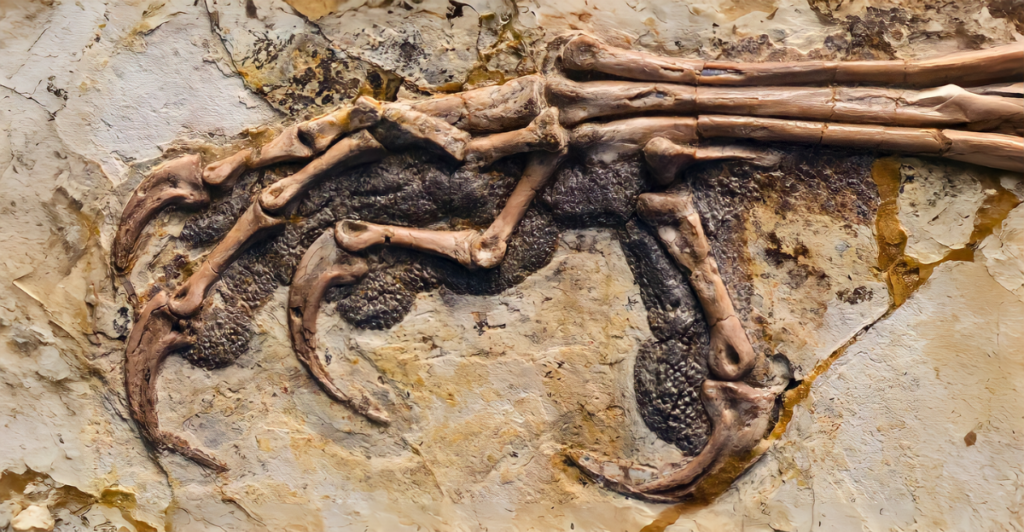
In 2023, a groundbreaking discovery in Fujian Province, China, stunned researchers and reshaped our understanding of bird evolution. The researchers found fossils of a previously unknown species, Baminornis zhenghensis, in a remarkable discovery that offers new insights into how early birds adapted to flight and evolved distinct features separate from their dinosaur ancestors.
Meet Baminornis zhenghensis
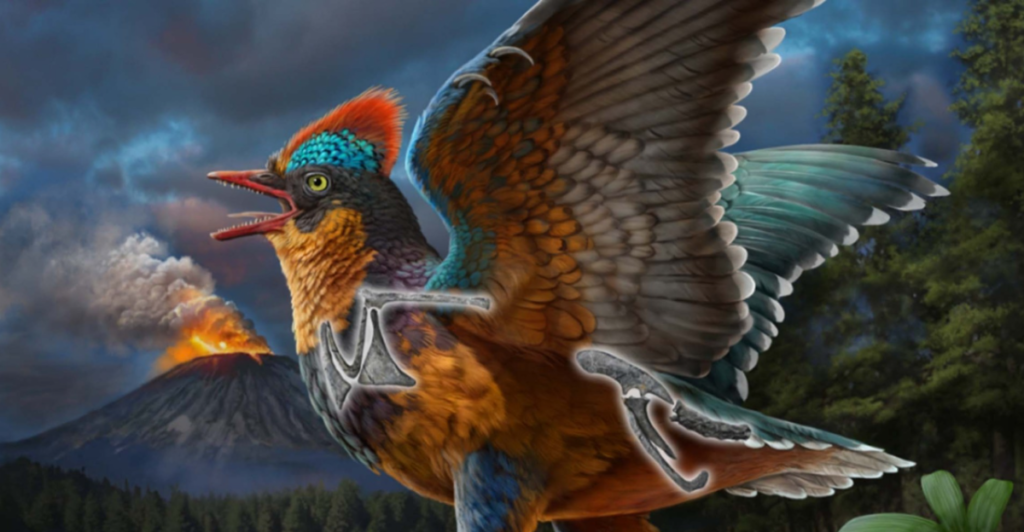
In a study published in Nature in February 2025, researchers confirmed that Baminornis zhenghensis lived roughly 149 million years ago during the Late Jurassic period (163.5 to 145 million years ago). The discovery of the species challenges our current knowledge of the evolution of birds because of its unique and advanced anatomical structure, particularly that of a short, modern-style tail, which suggests that birds were already evolving traits essential for efficient flight long before we previously thought.
An Evolution from Dinosaur Relatives
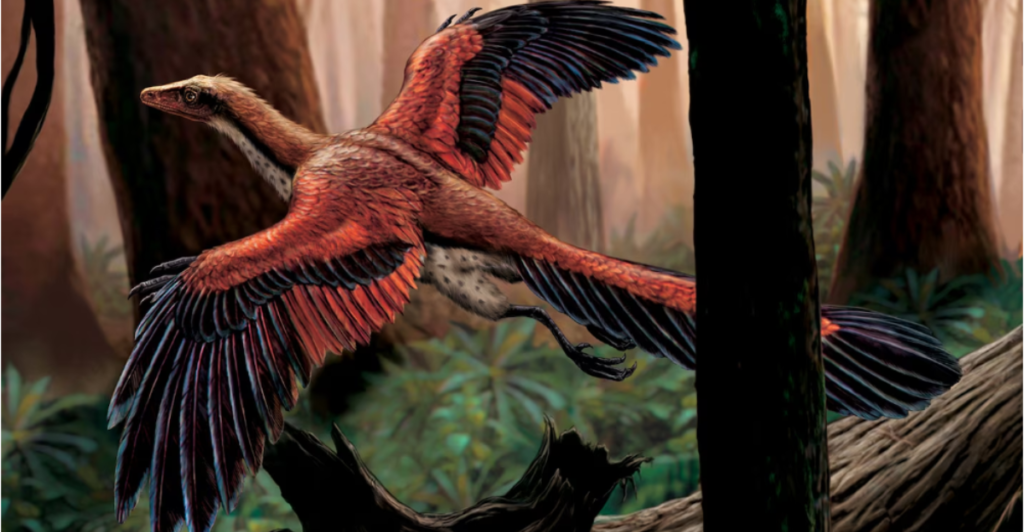
It was commonly believed that birds evolved from theropod dinosaurs in the Late Jurassic period, with researchers identifying bird-like features in dinosaurs such as Archaeopteryx. These dinosaurs are understood to have had characteristics later seen in birds, such as feathers and a wishbone, but Baminornis zhenghensis indicates an advanced stage of this evolution. “It overturns the previous situation that Archaeopteryx was the only bird found in the Jurassic Period,” said Zhonghe Zhou, a paleontologist at the Chinese Academy of Sciences and co-author of the study.
Unveiling the Significance of the Tail
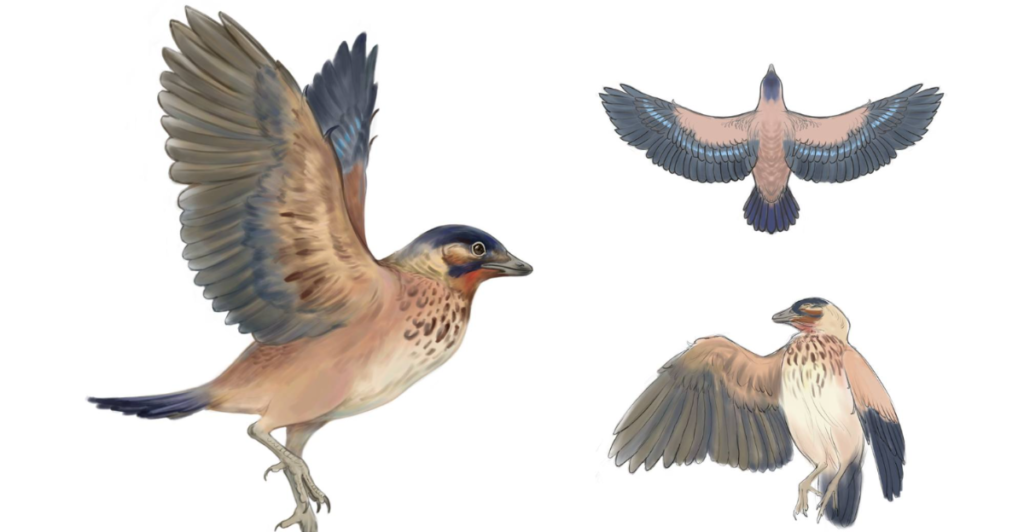
The Baminornis fossils’ short, feathered tail is an important discovery because it contrasts with the long, bony tails of early dinosaur relatives, such as Archaeopteryx, and represents a significant leap forward in avian evolution. The short tail likely allowed for more maneuverability and reduced drag, which are important to sustain and control flight. Such a modern-day-like tail suggests that Baminornis had already adapted to the demands of flight, exhibiting key characteristics seen in modern birds today far earlier than previously thought.
The Importance of the Fossils’ Preservation
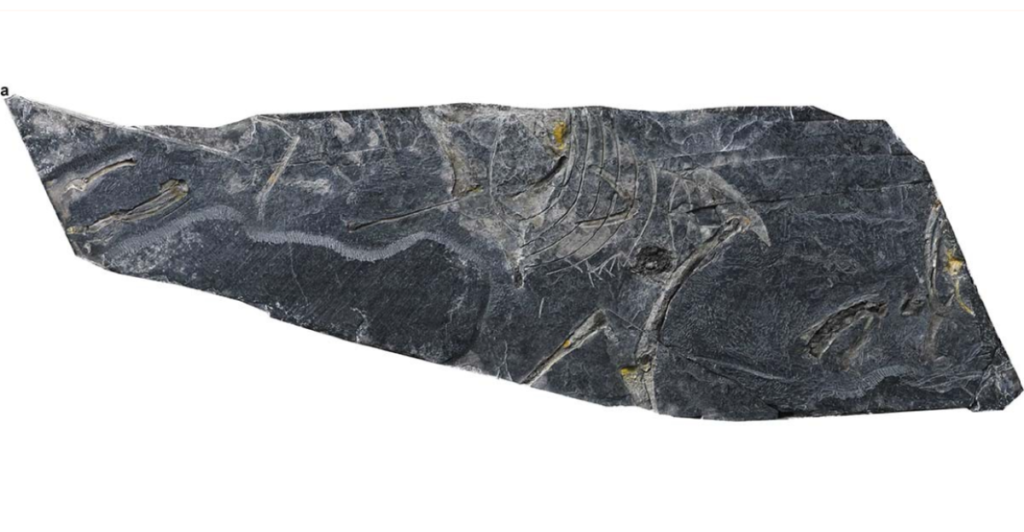
The preservation of the fossils is considered extraordinary because many fossils are fragmented or incomplete, while this specimen was exceptionally well-preserved. This level of preservation allowed researchers to examine the anatomy of an ancient bird and study it in more detail, identifying fine structures in the feathers and bones that reveal how early birds were evolving to meet the challenges of flight.
Insights into Flight Evolution

Before this discovery, it was believed that flight evolved gradually over time, with early birds still retaining significant dinosaur-like features. However, Baminornis zhenghensis changes this theory by demonstrating that some birds were already highly adapted to flight by the Late Jurassic period with an advanced tail structure and other aerodynamic features. These features may have allowed these birds to glide and perhaps even succeed in short flights.
The Role of Feather Development in Early Birds
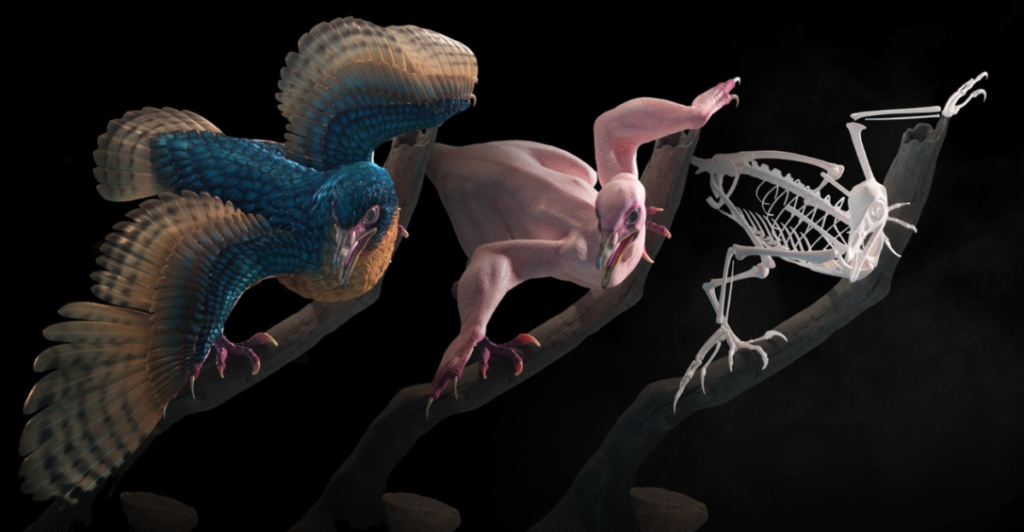
Commonly believed to have first evolved for insulation or display purposes, feathers gradually adapted for flight. However, Baminornis zhenghensis indicates that early birds were already evolving feathers that were more suited to aerodynamics than their feathered dinosaurs. Further, its feather arrangement could have allowed the bird to lift off from the ground and maneuver more easily during flight. The bird’s feathers, alongside its tail, suggest that it was a highly specialized bird.
The Evolution of Avian Anatomy
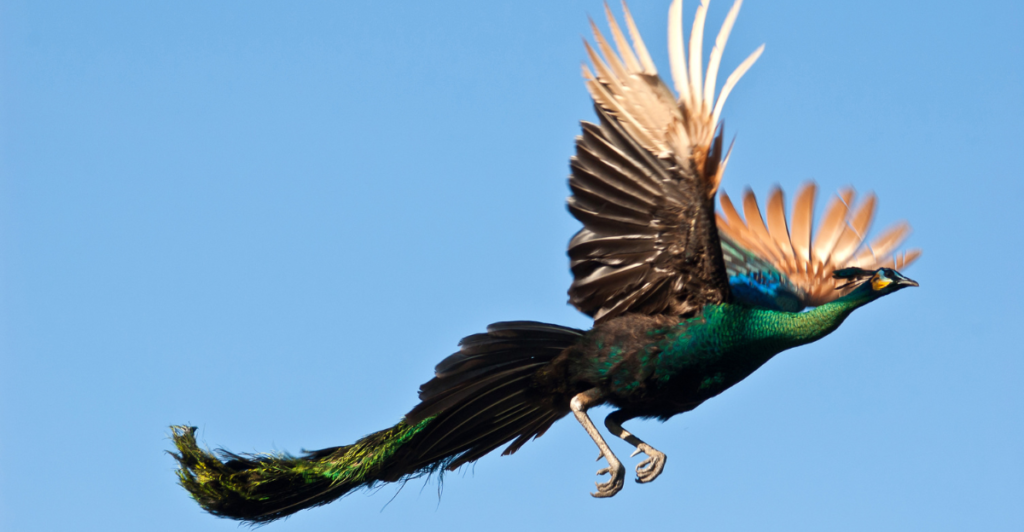
The fossil discovery shows the extraordinary evolution of birds, with features such as feathers, a keeled breastbone, and a modern tail structure bridging a gap between theropod dinosaurs and modern birds that we didn’t know existed. The evolutionary changes in Baminornis represent a shift in how birds began to fly, adopting advancements that would later be refined in later bird species, resulting in the flight capabilities we see today.
Global Implications for Bird Evolution
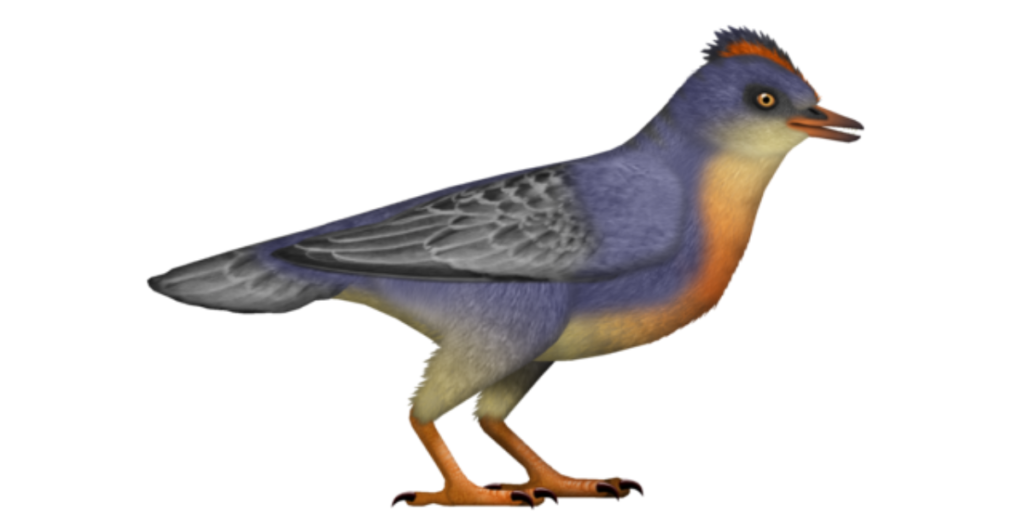
Until now, most notable bird fossils have been found in North America and Europe, but the new find in China adds an important piece to a global puzzle. Additionally, this discovery pushes the timeline for bird evolution back and has forced paleontologists to reconsider the distribution trends of early birds. The diversity of avian species during the Late Jurassic period, as evidenced by Baminornis, suggests that bird evolution was far more complex and widespread than previously thought.
Reversing Assumptions

With technological advancement, paleontologists at the University of Cambridge examined a fossil found in 2002. The CT scan revealed that the Janavis finalidens fossil challenges the long-held assumption that birds with fused palates evolved before those with jointed upper beaks. This suggests that evolution is not linear and can lead to unexpected adaptations. These findings force scientists to reevaluate evolutionary timelines, which can significantly alter our understanding of evolutionary pressures and adaptations.
Rethinking the Origin of Birds
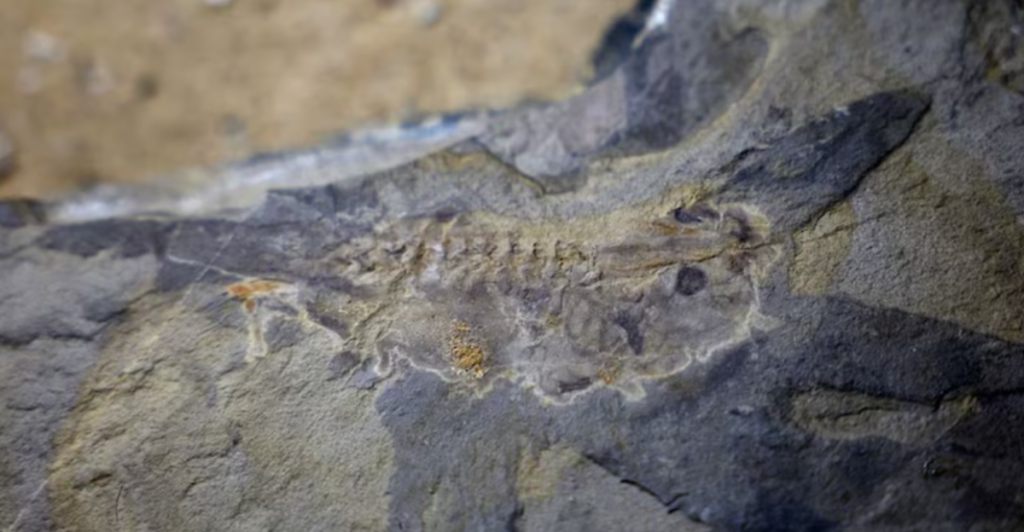
Previously, scientists believed that birds evolved over millions of years. However, Baminornis zhenghensis suggests that some bird-like features appeared much earlier, altering the way we think about the pace and nature of evolutionary change in birds. The new evidence suggests that bird evolution was not as linear or gradual as previously believed. Instead, early birds seem to have evolved quicker in response to environmental pressures.
Future Directions

Future research lies in the advancement of technology. For example, research could involve genetic studies to understand the molecular basis of evolution, revealing how specific traits, such as beak structure or feather development, are genetically controlled and evolved over time. In addition, using models to simulate flight in early birds could provide insights into how flight capabilities evolved and were refined over time.
A Step Towards Understanding Evolution
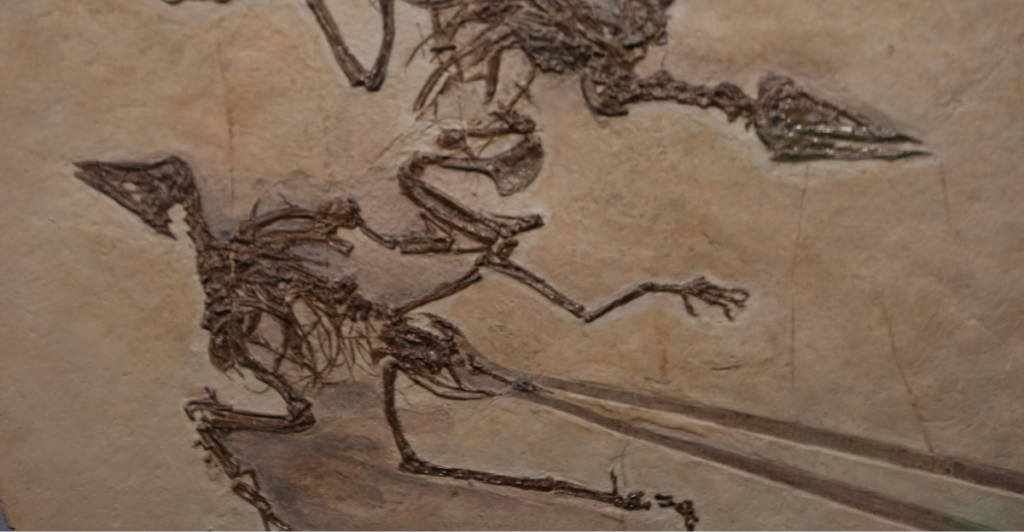
The discovery of Baminornis zhenghensis opens up new avenues for research and understanding of bird evolution. This discovery revealed a whole new timeline in bird evolution, which is an example of why it is important to explore underrepresented fossil sites. They have the potential to change our understanding of evolutionary history dramatically.







